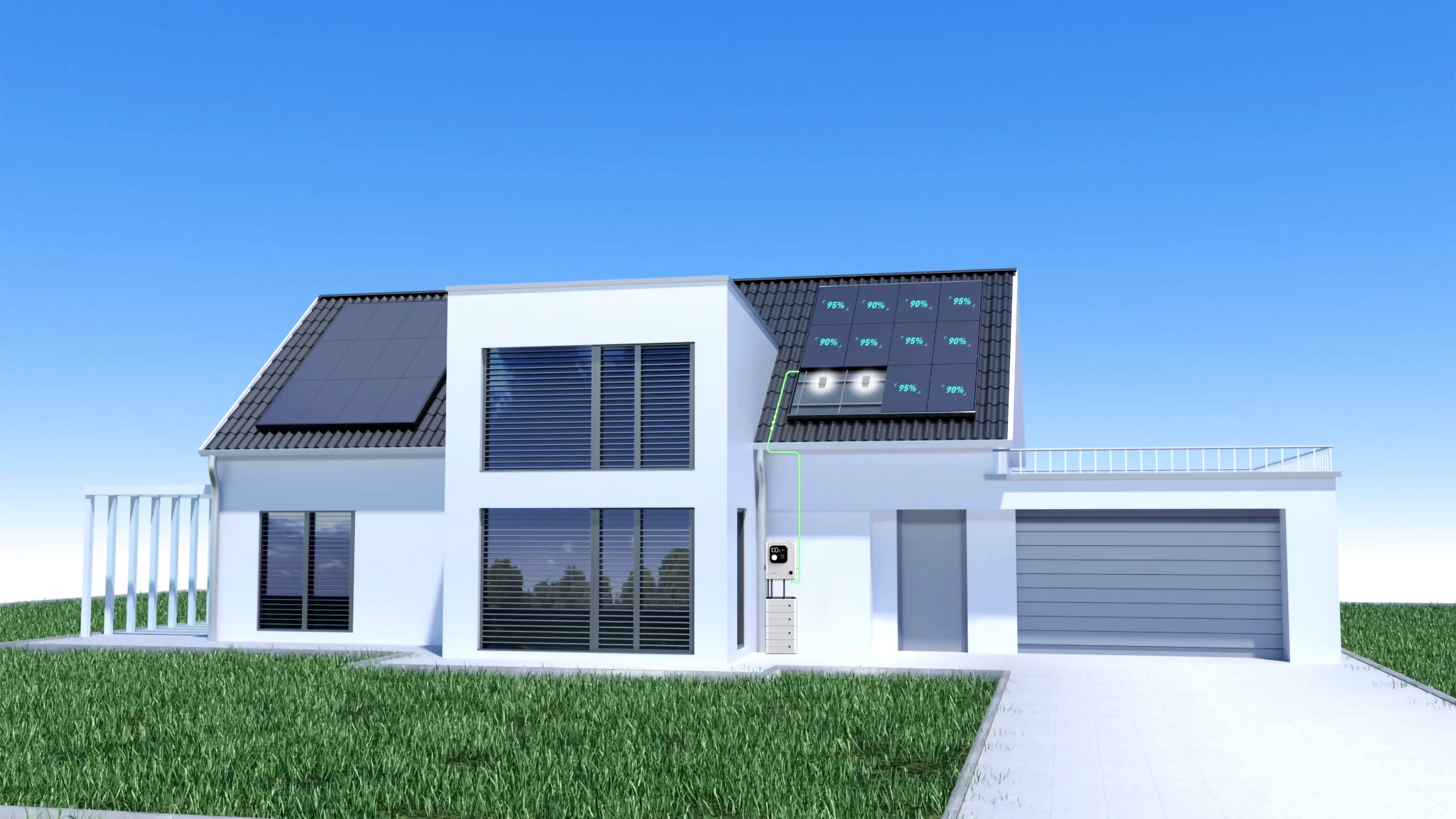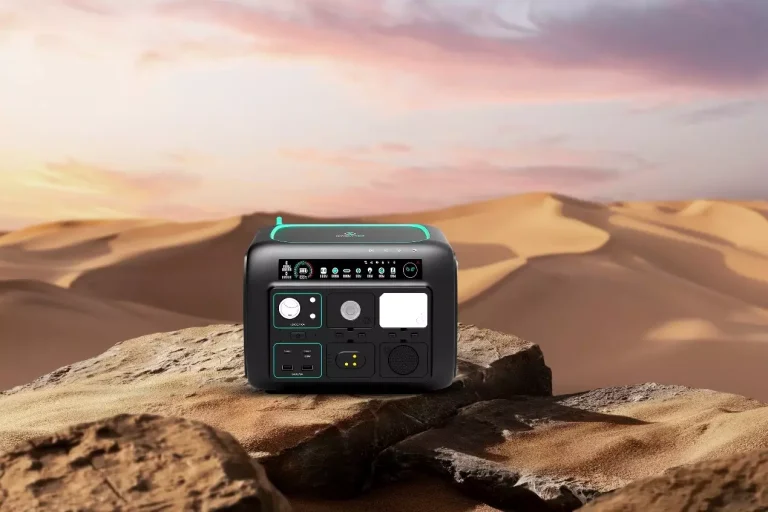As the demand for renewable energy continues to grow, home photovoltaic energy storage systems have become an option for more and more households. This system not only uses solar energy to power homes, but also stores excess electricity for emergencies. However, in order to ensure the efficient operation and long-term stability of home photovoltaic energy storage systems, there are several key issues that need to be paid attention to during installation and maintenance.
1. Preparation before installation
Site assessment: Choose a well-lit, unobstructed site to install photovoltaic modules. At the same time, ensure that the installation area has enough space to place the energy storage device.
System design: Design an appropriate photovoltaic energy storage system based on the home’s power needs and available roof area. Consider factors such as battery capacity and inverter power to ensure the system can meet your home’s electricity needs.
Legal Compliance: Understand local electrical regulations and building codes to ensure the installation process complies with relevant requirements. It may be necessary to apply for a license or undergo testing by a professional agency.

2. Things to note during installation
Professional installation: Hire experienced and qualified installers to install the system. They can ensure proper installation procedures and connections, improving system security and performance.
Photovoltaic module installation: Install photovoltaic modules carefully, ensuring they are securely attached and correctly oriented towards the sun. Avoid shading to maximize photovoltaic efficiency.
Energy Storage Equipment Installation: Properly install batteries, inverters, and other energy storage equipment according to manufacturer’s guidelines. Pay attention to the correctness and insulation of wiring.
Grounding and Protection: Make sure your system is properly grounded to prevent electric shock and other electrical malfunctions. Install overload protection and short-circuit protection devices to ensure the safe operation of the system.
3. Main points of maintenance and upkeep
Regular cleaning: Regularly clean dust, dirt and debris on the surface of photovoltaic modules to improve photovoltaic power generation efficiency. Soft cleaning tools and appropriate detergents can be used.
Check connections: Regularly check your system’s wire connections for loose connections and ensure good electrical conductivity. Tighten any loose connections to prevent failure and energy loss.
Battery Maintenance: Perform regular battery maintenance, including charge and discharge cycles, according to the battery manufacturer’s recommendations. Pay attention to the temperature and charging status of the battery to avoid overcharging or over-discharging.
Monitor system performance: Install monitoring equipment to monitor the system’s power generation efficiency, battery status and other key parameters in real time. Through data analysis, problems can be discovered in time and maintained.
Regular inspection: Regularly invite professionals to conduct a comprehensive inspection of the system, including the performance of components, the working status of the inverter, etc. They can provide professional maintenance advice and necessary repairs.
4. Safety precautions
Electrical safety: During installation and maintenance, electrical safety regulations must be followed to avoid electric shock accidents. Use insulated tools and protective equipment.
Weather adaptability: Consider local climate conditions, such as wind, rain, lightning strikes, etc., and take corresponding protective measures to ensure the stability and safety of the system.
Emergency treatment: Understand the common symptoms of system failures and emergency treatment methods, such as backup power switching during power outages.
Installing and maintaining a home photovoltaic energy storage system requires careful planning and professional operation. By paying attention to the above issues, the efficiency and reliability of the system can be improved and the service life of the system can be extended. At the same time, timely maintenance and upkeep will ensure the safe operation of the system and provide sustainable clean energy for households. If you have any questions about the installation and maintenance of the system, it is recommended to consult a professional photovoltaic energy storage system supplier or technician, who will be able to provide more specific and targeted advice. Let the home photovoltaic energy storage system bring green, reliable power support to your home!
Alpha3000 is a multifunctional solar off-grid inverter launched by SOTTLOT. It has a built-in MPPT solar controller, high-frequency pure sine wave inverter and UPS functional module. The controller uses advanced MPPT calculation method and intelligent battery. The management design ensures the acquisition of greater energy. The inverter adopts high-frequency design, with high power density, small size, simple operation and other advantages. The whole machine has high efficiency and small no-load loss. The entire system of this product needs to be combined with other equipment to achieve complete operation, such as batteries, power grids, photovoltaic modules, etc.
At the same time, by connecting to the Bluetooth of the mobile phone, the user can control the operating status or view information through the mobile phone anytime and anywhere (matched with our company’s gateway), making the user more flexible. This product has solar energy priority for full-load charging. If the charging power is insufficient, it will be supplemented by mains power, achieving energy conservation and environmental protection. The appearance design is beautiful, and the LED display operating data is clear and clear.




